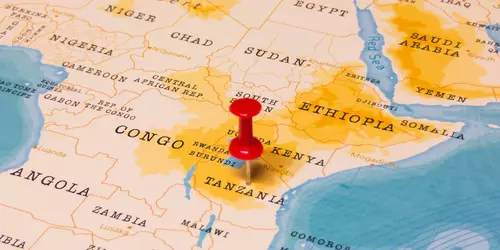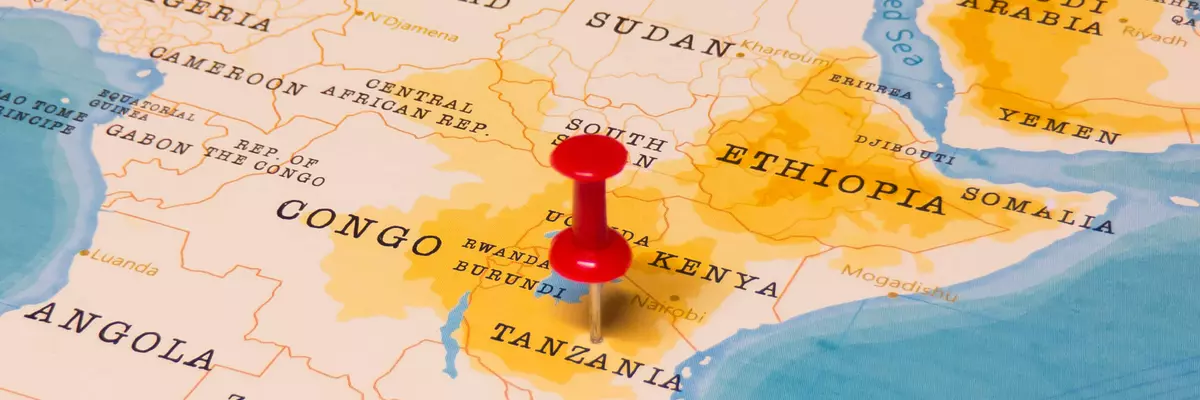The climate year of Tanzania
Basically, there are four climatic zones in Tanzania. In the coastal region and on the islands, in the central plateau and highlands, in the Usambara and Uluguru mountains as well as on Kilimanjaro and finally in the western lake district, completely different climatic zones can be found. Due to the location on the equator, the climate is also characterized by dry and rainy seasons.
General information about Tanzania
Tanzania offers much more than just safari. Even though the migration of wildebeests and zebras through the Serengeti to the Kenyan Masai Mara attracts, the country offers quite other highlights. Also in the national park is the Ngorongoro Crater. From this region come those archaeological finds that prove that the Serengeti was inhabited millions of years ago. Therefore, Tanzania is also called the cradle of mankind.
Furthermore, the largest single mountain in the world, Mount Kilimanjaro, as well as a large part of the largest lake in Africa, Lake Victoria, are located in Tanzania.
Fantastic sandy beaches are waiting at the coast. Also recommended are visits to the "Spice Island" Zanzibar or the island of Pemba.
Tourism Tanzania
Tanzania is located south of the equator in the inner tropical zone. Therefore, especially in the coastal regions and islands influenced by the Indian Ocean, tropical temperatures with high humidity prevail throughout the year.
The climatic conditions at higher altitudes are different: East of the coastal strip follow the Usambara and Uluguru mountains with about 2,650 meters above sea level. Other volcanoes and elevations, dominated by the 5,895-meter Kilimanjaro, run from northeast to southwest through the middle of the country and are remnants of the East African Rift System. The climate in the mountains is temperate and cool all year round. Snow is not uncommon at certain altitudes.
The central plateau, or highlands, forms the core of Tanzania. At altitudes between 1,000 and 1,500 meters it is rather dry and warm. Often a strong wind blows in from the savannah. Temperatures fluctuate considerably between day and night. In the west of the country at Lake Victoria it is again warm yet humid.
Especially in the coastal regions, but also in the highlands, the year starts in January with very hot temperatures. The region on the Indian Ocean is repeatedly hit by precipitation, the highlands remain rather dry. February continues in a similar way.
In March, influenced by the southeast monsoon "Kuzi", the big rainy season starts. Especially in the southeast of the country, heavy rains then often lead to flooding. Rainfall peaks in the month of April. At the end of May, the rains gradually subside again.
The month of June is considered very pleasant, as the humidity decreases and it becomes cooler, but also drier. The months of July to September are similar.
In October, temperatures increase again, especially on the coast. In addition, the northeast monsoon "Kazkazi" now brings another rainy season. However, it has less precipitation than in the months of March to May. The showers and thunderstorms continue in November, but decrease again by the end of the year.

